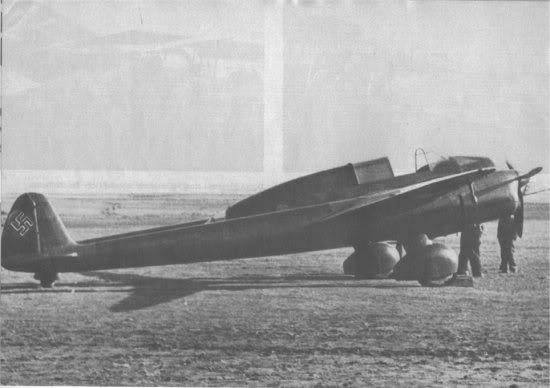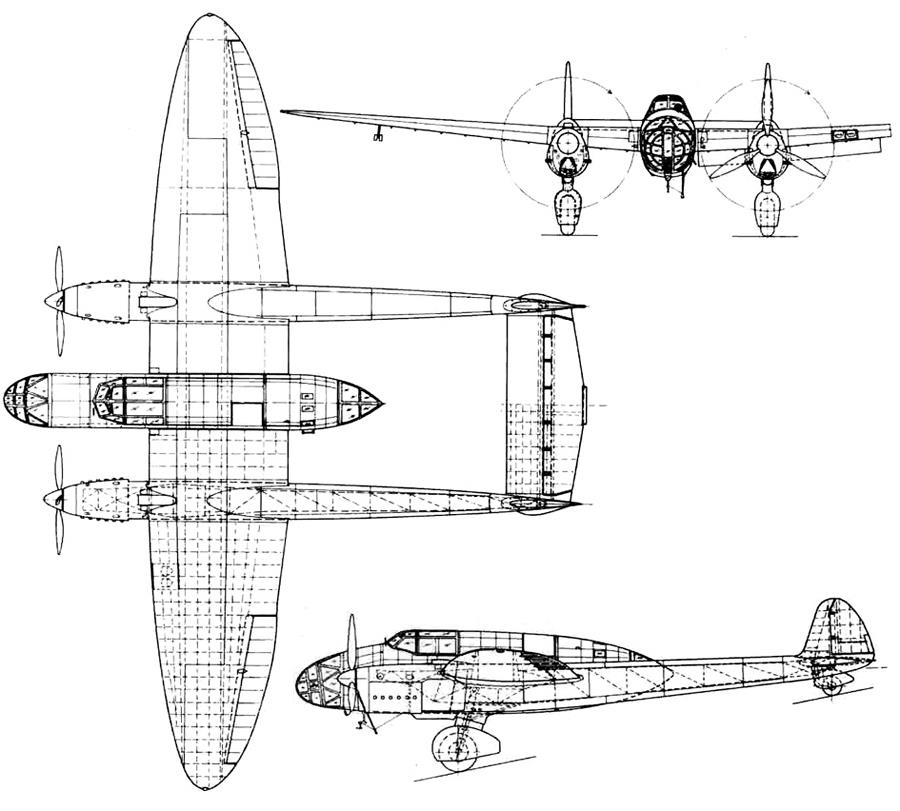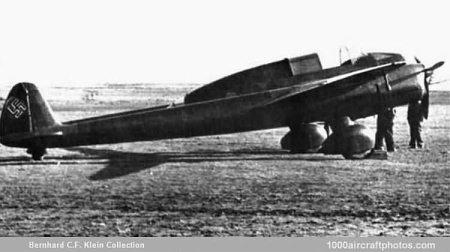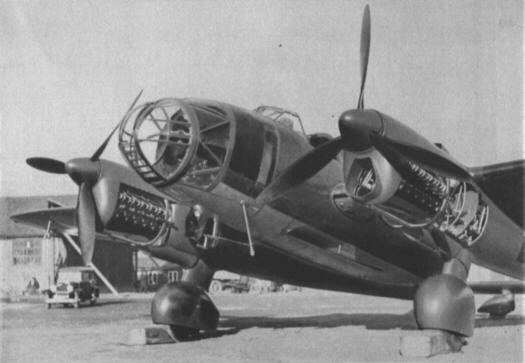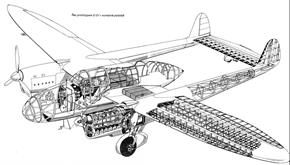| Type |
3 seat reconnaissance and light bomber |
| Engine |
2 Walter Sagitta I-MR |
| Dimensions |
Length 11,69 m, height , span 15,60 m , wing area 35,44 m2 , |
| Weights |
Empty 3102 kg, loaded , max. take off weight |
| Performance |
Max.. speed 380 km/h , cruising speed , range 1250 km, endurance , service ceiling 7000 m , climb 6,6 m/sec. |
| Armament |
1 fixed vz. 30 7.92 mm , 1 movable vz. 30 7.92 mm machine guns
500 kg bombs |
| Type |
Werk.Nr |
Registration |
History |
|
|
|
Germans continued testing and prototype eventually passed to the factory Klemm. This is the last known location of the prototype |
This very interesting and innovative solutions machine was based on the specifications of IMO 1936 for reconnaissance and light bomber modern concept, which would replace in service the aging S-328 and A-100th On the basis of these specifications was not the type of S-50 and A-304th The aircraft flew on the 26th May 1938 even with a three wing and turret aft fuselage. It seems that the machine photographs in this version is not preserved. The tower caused major problems mainly in the tail and so was removed and aft appeared very aerodynamically favorable resolution of a spindle turret not unlike the aft turret used on a Fw-189th During the tests, type and after the changes described and their completion of the test flight, the modified machine 11th February 1939 appeared quite defects and unsolved problems with shaking tail, release cowlings and engine overheating (which themselves were not exactly a model during tests of reliability). By the end of independence of the Republic were some of these problems reliably resolved, so probably the original term start serial production of the type that MNO expected - that the end of 1939 - were too optimistic. Germans in continued testing and prototype eventually passed the factory Klemm. This is the last known location of the prototype certainly very interesting type. Type had a chance with a modern and humorous resolution camera placement opportunity to image the three series of overlapping frames, thus minimizing the time spent in the danger zone. In case the machine is used as a light bomber was calculated with a load of up to 500 kg of bombs.
Technical description - three-, twin-engine, low-wing cantilever with a gondola and two fuselage tail boom. Tail and wing-wood with plywood. The fuselage and tail boom metal skeleton of steel trupek, plywood cover again. Line engines drove three-blade propeller. Chassis temporarily fixed, back with the tail wheel.

